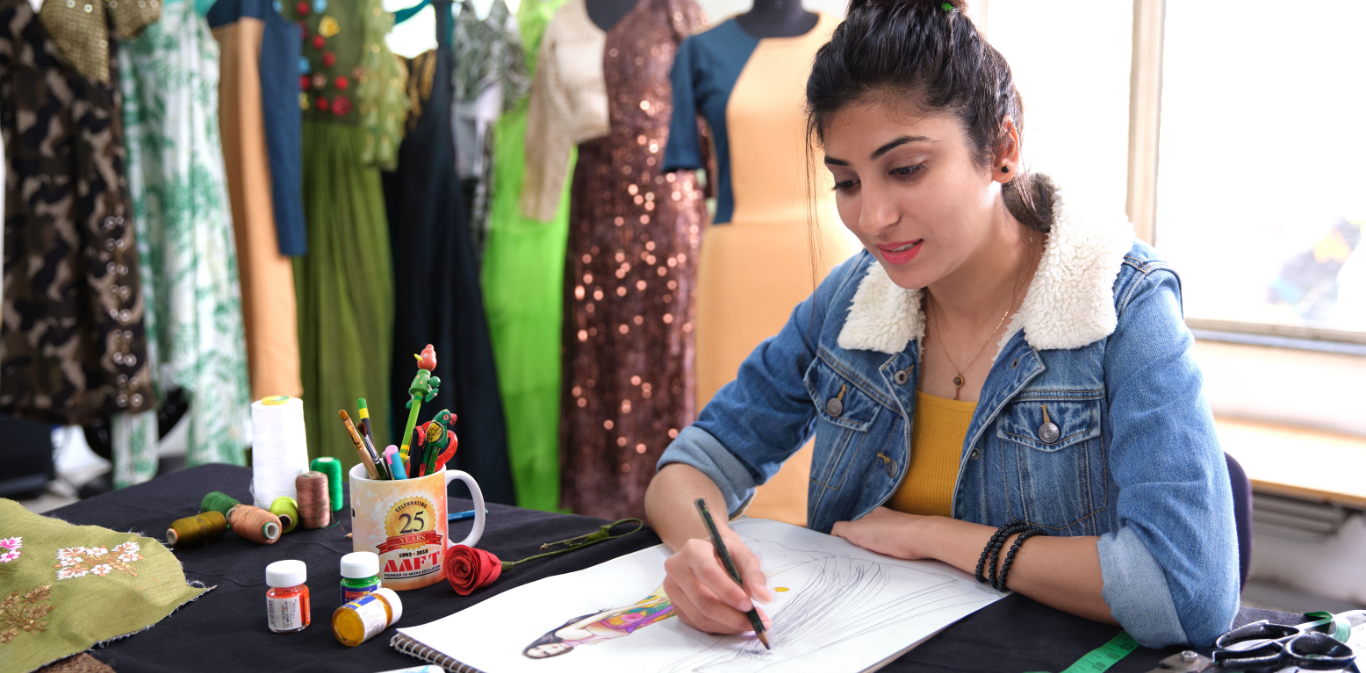5 Must-Have Sewing Skills for Every Aspiring Fashion Designer
Fashion design is a creative process. The process involves creative as well as technical skills. Sewing skills are one of the most important skills that a fashion designer must possess. Sewing skills enable designers to bring their vision to life. It can sometimes be challenging to bring the creations to life without knowledge of sewing. To make the designs well-constructed and professionally finished, one must learn sewing skills. Here are five must-have sewing skills every aspiring fashion designer should master.
1. Fabric knowledge and material manipulation
Fabric knowledge is an in-depth understanding of the properties of different kinds of fabric. Each fabric behaves differently; some are stretchy, others are stiff, and some have unique drapes and textures. Knowing how each fabric works can help select the right fabric for a design. Skill in manipulating fabric includes techniques like pleating, gathering, and draping. Pleating involves folding the fabric into pleats, which can be used decoratively or functionally. Trapping is also one of the material manipulation techniques that can help the designer create unique outfits and designs.
2. Pattern making and alteration
Pattern-making is an extremely useful skill in a fashion designer's career. Drawing and drafting the blueprint for a garment is the process of pattern making. It can also be called a 2D-size chart. These are mostly made of paper or other materials such as cardboard. The blueprints are mostly created once by the designer and reused to save time. Pattern-making is an important skill for every designer to curate a perfectly structured garment.

The ability to alter pre-made patterns is equally important. There are different body types, and one pattern may not fit all. The ability to alter patterns helps in the commercial construction of clothes.
3. Sewing Machine Proficiency
The ability to use a sewing machine is an important part of the skills that an aspiring designer should have. It is important for a designer to know about the various types of stitches and what types of stitches are best suited for various garments. It is also important to learn about industrial sewing machines, as those are the machines used for commercial purposes. Those machines are used for bulk output, heavy materials, and long hours of usage as well.
A designer who has knowledge of sewing can better explain to the tailor the ideas that the designer wants to construct.
4. Hand Sewing Techniques
For fine details, hand sewing is still quite useful, even if machines can do most sewing jobs. Finishing hems, sewing linings, and fastening buttons require skills like overcasting, backstitching, and slipstitching. Where a machine would be too complicated or inaccurate, hand sewing offers control and accuracy. Beading and hand needlework give clothes distinctive, minute touches. Learning different needlework stitches and beading patterns enables designers to add unique, handcrafted details to their works.
Hand-sewing techniques help the designer add fine detailing to garments. Also, personal touches are added to the garments with the help of various kinds of hand sewing techniques.
5. Garment Construction and finishing
A garment looks finished when the seams are pressed, the edges are hemmed, and openings like zippers, buttons, hooks, and eyes are added. Some techniques, such as topstitching, edge stitching, and under-stitching, affect how clothing looks and how well it works. Paying attention to these details is what sets professional designs apart from beginner ones.
Conclusion -
Mastering these 5 skills can help a budding fashion designer build the technical foundation that is needed to become a fashion designer. These are the basic skills that make the journey of the designer easier in the industry. Also, the designer will be easily able to convert the ideas in the mind into reality. A deep understanding of the fabric can help the designer choose the right fabric. Also, it can enhance the creative execution of the designer. Pattern-making skills help the designer make garments that are properly fitted. The ability to use the sewing machine to its maximum capability is a must. It is also important to learn the finishing technique to give the garments a professional look and feel.
All these skills are practice-based. One can learn all these skills and also enhance their abilities by working constantly and practicing. Aspiring fashion designers must always seek to enhance their skills, and they should also keep learning the skills that are trending and required in the industry to excel. The aim of a designer must be to bring the ideas to reality in the best way possible. If you are someone who is interested in the fashion industry and wants to make a career in it,. Explore the courses offered by AAFT, the School of Fashion Design. The institute aims to teach students through practical knowledge and industry exposure.

Comments